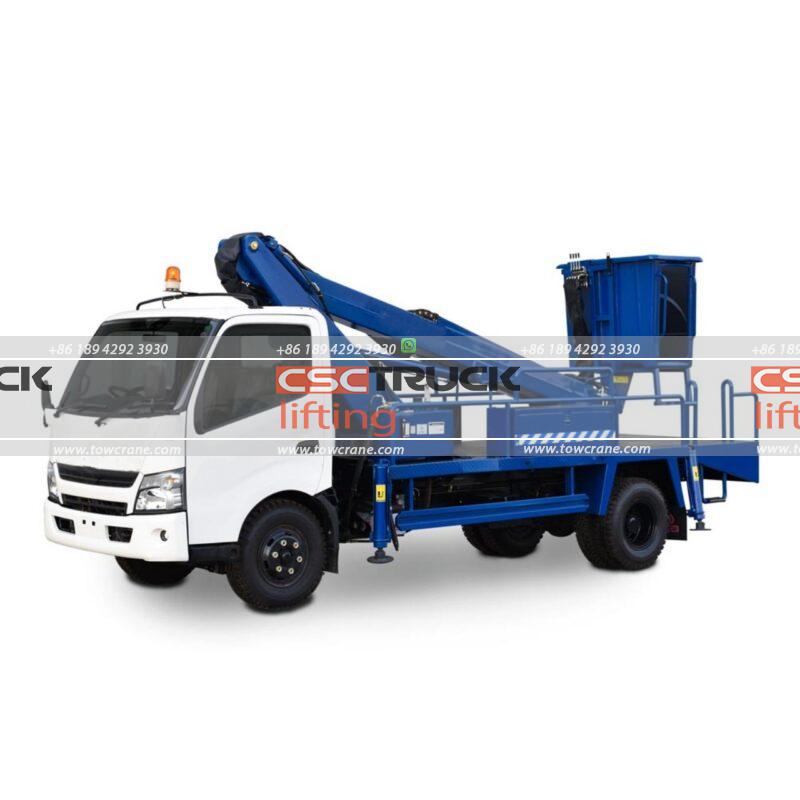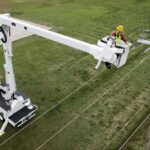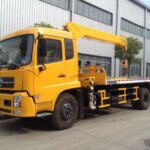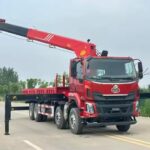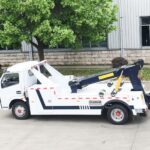The construction and maintenance industries are continuously evolving, driven by the need for efficiency, safety, and precision. Among the most significant advancements in these sectors is the telescopic aerial lift truck, a marvel of modern engineering that has transformed how tasks at height are approached. These advanced machines combine cutting-edge technology with robust design to offer unparalleled height access and versatility, making them indispensable in various applications.
Understanding Telescopic Aerial Lift Trucks
A telescopic aerial lift truck is a specialized vehicle equipped with a telescoping boom that can extend and retract, allowing it to reach significant heights while providing stability and flexibility. Unlike traditional scaffolding or ladders, these trucks offer a safer, more efficient means of accessing elevated work sites. They are commonly used in construction, maintenance, utilities, and emergency services, where height and reach are critical.
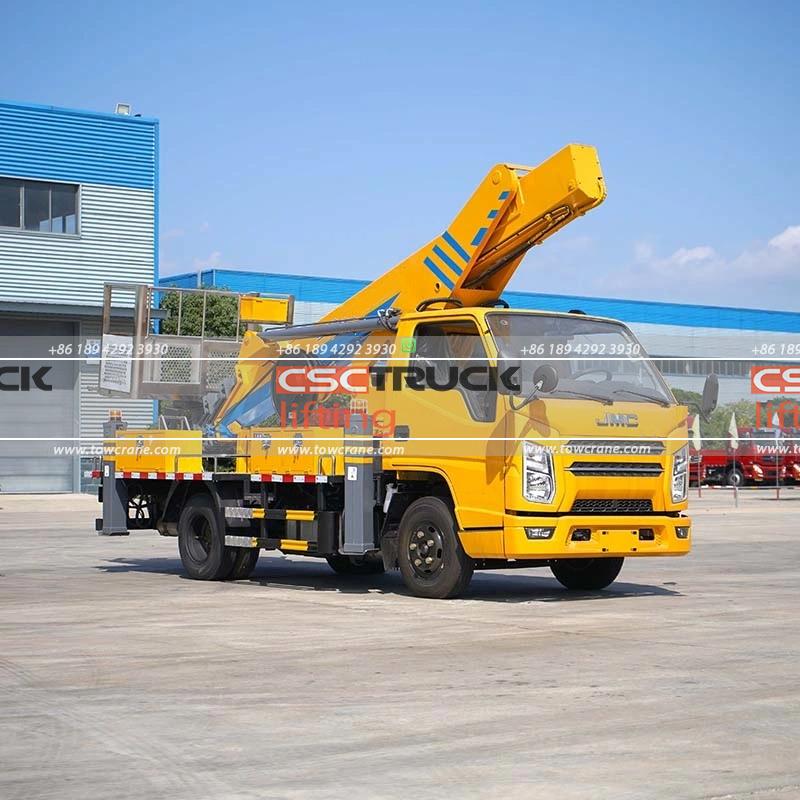
Key Features and Components
1. Telescoping Boom: The core feature of these trucks is the telescoping boom, which extends to reach varying heights. The boom is typically made of high-strength steel or aluminum, ensuring durability and stability even at full extension. The boom’s extension mechanism is powered hydraulically, providing smooth and precise control.
2. Articulating Joints: Some models include articulating joints that allow for additional maneuverability. These joints enable the boom to bend and flex, making it easier to navigate around obstacles and reach otherwise inaccessible areas.
3. Platform or Bucket: At the end of the boom is a platform or bucket where the operator stands. These platforms are designed with safety features such as guardrails, harness attachment points, and non-slip surfaces. They also vary in size to accommodate different operational needs, from single operators to multiple workers with tools.
4. Control Systems: Modern telescopic aerial lift trucks are equipped with advanced control systems that enhance safety and precision. These systems include joystick controls, automatic leveling, and load-sensing technology that prevents overloading and ensures stability.
5. Stabilizers and Outriggers: To provide a stable base during operation, these trucks are fitted with stabilizers or outriggers that extend to ground level. These components distribute the weight and prevent tipping, especially when the boom is fully extended.
Advantages of Telescopic Aerial Lift Trucks
Height and Reach
The primary advantage of telescopic aerial lift trucks is their ability to reach significant heights. Some models can extend over 100 feet, making them ideal for tasks such as high-rise construction, tree trimming, and telecommunications tower maintenance. This exceptional reach eliminates the need for scaffolding, which can be time-consuming and labor-intensive to set up.
Versatility
Telescopic aerial lift trucks are incredibly versatile and capable of performing a wide range of tasks across different industries. Whether it’s installing signage, repairing power lines, or conducting building inspections, these machines offer the flexibility to handle diverse applications. The ability to maneuver the boom and platform with precision allows operators to access hard-to-reach areas safely and efficiently.
Safety
Safety is a paramount concern in any operation involving height. Telescopic aerial lift trucks are designed with multiple safety features that protect operators and bystanders. Automatic leveling systems ensure the platform remains stable while load-sensing technology prevents the boom from overextending. Additionally, the use of guardrails, harnesses, and non-slip surfaces on the platform minimizes the risk of falls and injuries.
Efficiency
Compared to traditional methods such as scaffolding or ladders, telescopic aerial lift trucks offer superior efficiency. These machines can be quickly deployed and positioned, reducing setup time and increasing productivity. Operators can complete tasks faster and with greater accuracy, resulting in cost savings and improved project timelines.
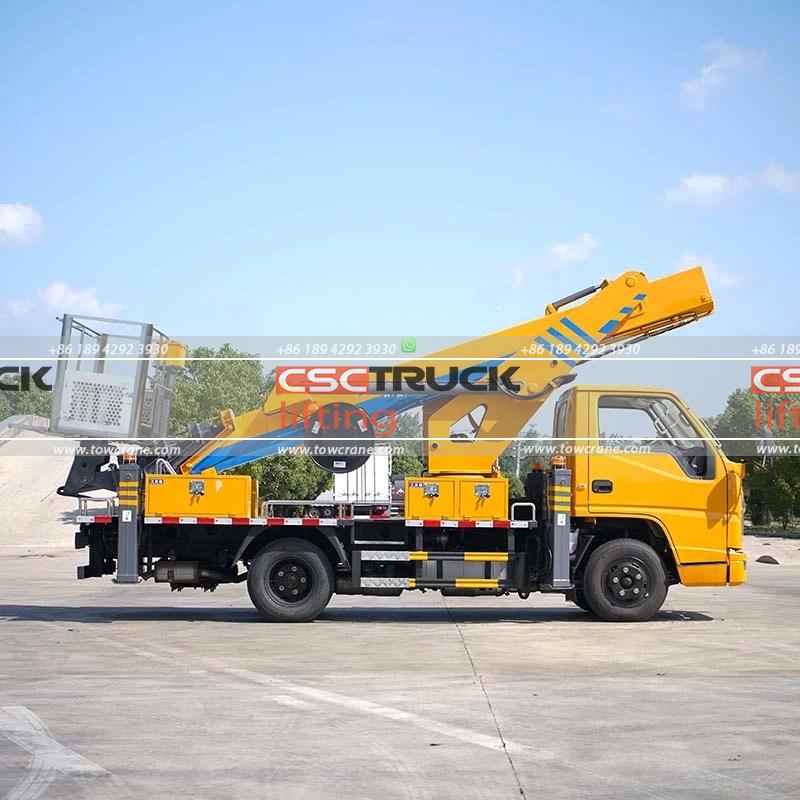
Applications of Telescopic Aerial Lift Trucks
Construction
In the construction industry, telescopic aerial lift trucks are invaluable for tasks such as steel erection, window installation, and exterior finishing. Their ability to reach great heights and provide a stable work platform makes them ideal for high-rise projects. Additionally, the flexibility of the boom allows workers to navigate around obstacles and work in tight spaces.
Utilities and Maintenance
Utility companies rely on these trucks for maintaining and repairing power lines, streetlights, and communication towers. The height and maneuverability of the telescopic boom enable technicians to access elevated equipment safely and efficiently. Regular maintenance tasks such as replacing bulbs, fixing wiring, and inspecting infrastructure are streamlined with the use of these advanced machines.
Emergency Services
Emergency services, including fire departments and rescue operations, utilize telescopic aerial lift trucks for their ability to reach high-rise buildings and rescue individuals from elevated locations. The quick deployment and precise control of the boom are crucial in emergencies, where every second counts. These trucks are also used for tasks such as clearing debris and accessing difficult-to-reach areas during disasters.
Tree Care and Landscaping
In the tree care and landscaping industry, telescopic aerial lift trucks are essential for pruning, trimming, and removing trees. Their height and reach allow arborists to safely work on tall trees without the need for climbing. This not only improves safety but also increases efficiency, as the boom can be positioned precisely to access different parts of the tree.
Technological Advancements
The evolution of telescopic aerial lift trucks has been marked by continuous technological advancements aimed at enhancing performance, safety, and user experience. Some of the notable innovations include:
Remote Control Operation
Modern telescopic aerial lift trucks are often equipped with remote control systems that allow operators to control the boom and platform from a distance. This feature enhances safety by enabling operators to stay clear of potentially hazardous areas while maintaining precise control over the machine.
Telematics and Fleet Management
Telematics technology has revolutionized fleet management for companies using telescopic aerial lift trucks. These systems provide real-time data on the location, usage, and performance of each truck, allowing for better maintenance scheduling, fuel efficiency, and overall operational efficiency. Fleet managers can monitor multiple units remotely, ensuring optimal deployment and reducing downtime.
Enhanced Safety Features
Recent advancements in safety features have further improved the reliability of telescopic aerial lift trucks. Innovations such as automatic obstacle detection, enhanced stability control, and integrated fall protection systems provide an additional layer of safety for operators. These features not only prevent accidents but also boost operator confidence, leading to more efficient and effective work.
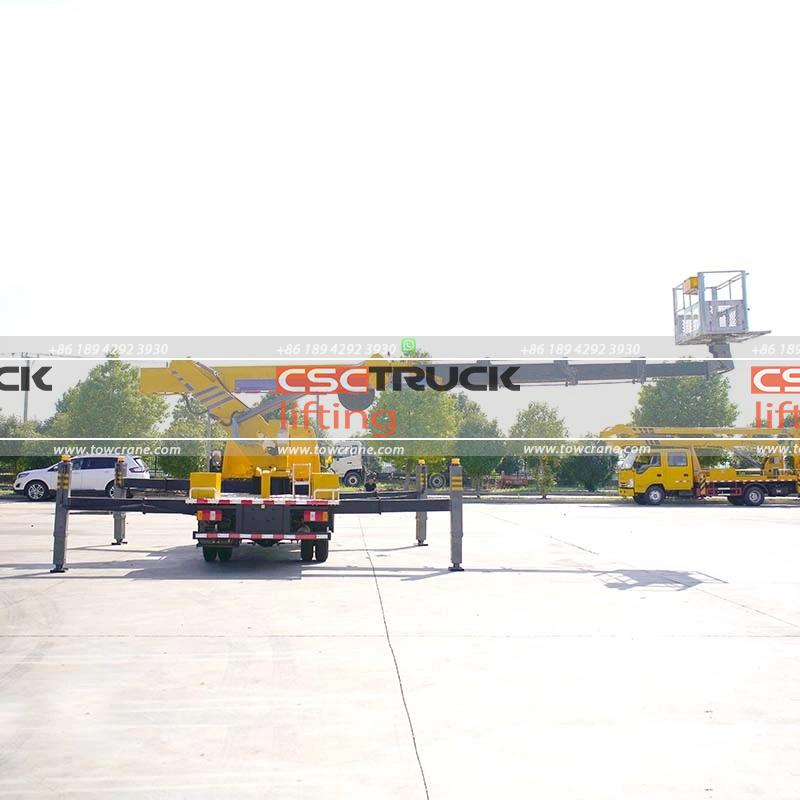
Conclusion
Telescopic aerial lift trucks represent a pinnacle of engineering in the realm of height access solutions. Their advanced design, unparalleled reach, and versatility make them indispensable tools across various industries. As technology continues to advance, these machines will undoubtedly become even more efficient, safe, and user-friendly, solidifying their position as essential equipment for tasks that require working at height. Whether in construction, utilities, emergency services, or tree care, telescopic aerial lift trucks are the go-to solution for achieving maximum height and versatility.

